All the Ways Online Retailers Get You To Overspend

U.S. shoppers spent more than $861 billion online in 2020 — that represents an uncanny 44.0% year-over-year growth, according to Digital Commerce 360, and is nearly three times 2019’s 15.1% growth over the previous year. And this spending isn’t looking to slow down any time soon; in fact, it’s estimated to keep on soaring. By 2022, online retail sales are forecast to grow to $6.54 trillion.
Read: 50 Purchases Buyers Almost Always Regret
In these dismal COVID-19 times when simply entering a shopping mall or supermarket is a potential health hazard, online shopping isn’t just more convenient, it’s arguably safer — provided you’re up to date on the latest cybersecurity scams and have gone through all measures to keep your personal data protected. Less safe, perhaps, are the contents of our wallets. Online retailers may be even savvier than traditional brick-and-mortar stores when it comes to getting you to spend more than you intended.
GOBankingRates consulted a number of retail and marketing experts to learn the latest tricks e-commerce sites use to suck you into a spending vortex.
Last updated: Feb. 24, 2021

1. Upselling
“The number one technique, without doubt, that an online retailer uses to make you overspend is through upselling,” said Tom Coleman, founder of New Age Wage. “Ever made a purchase on a website to then be offered an extra product on the checkout page? That’s an upsell. The retailer knows that you are in the right frame of mind to make a purchase (because you have already purchased) so it’s the perfect time to present you with another offer, causing you to overspend.”
See: 50 Brands With Lifetime Warranties
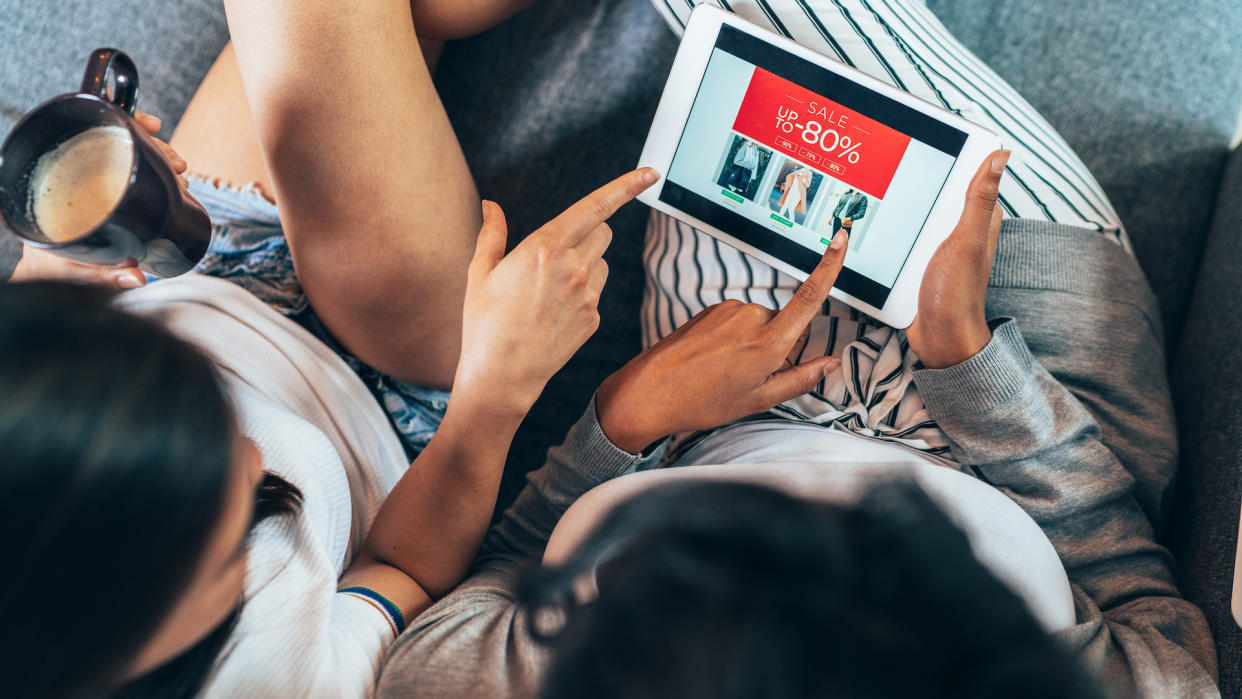
2. Marketing Themselves as a ‘Bargain’ Retailer
“One of the tricks that low-cost retailers play is implicit: We assume that everything is a bargain,” said Trae Bodge, smart shopping expert at TrueTrae.com. “While stores like Walmart, Target, and wholesale clubs have countless bargains, not everything is at the lowest price available. Do a little investigating while you shop and compare prices on your phone. Tools like Popcart, GoogleShopping and the Amazon Assistant Browser Extension can help you determine if you’re getting the best deal where you are or whether you should look elsewhere.”
Find Out: 30 Ways Shopping Will Never Be the Same After the Coronavirus
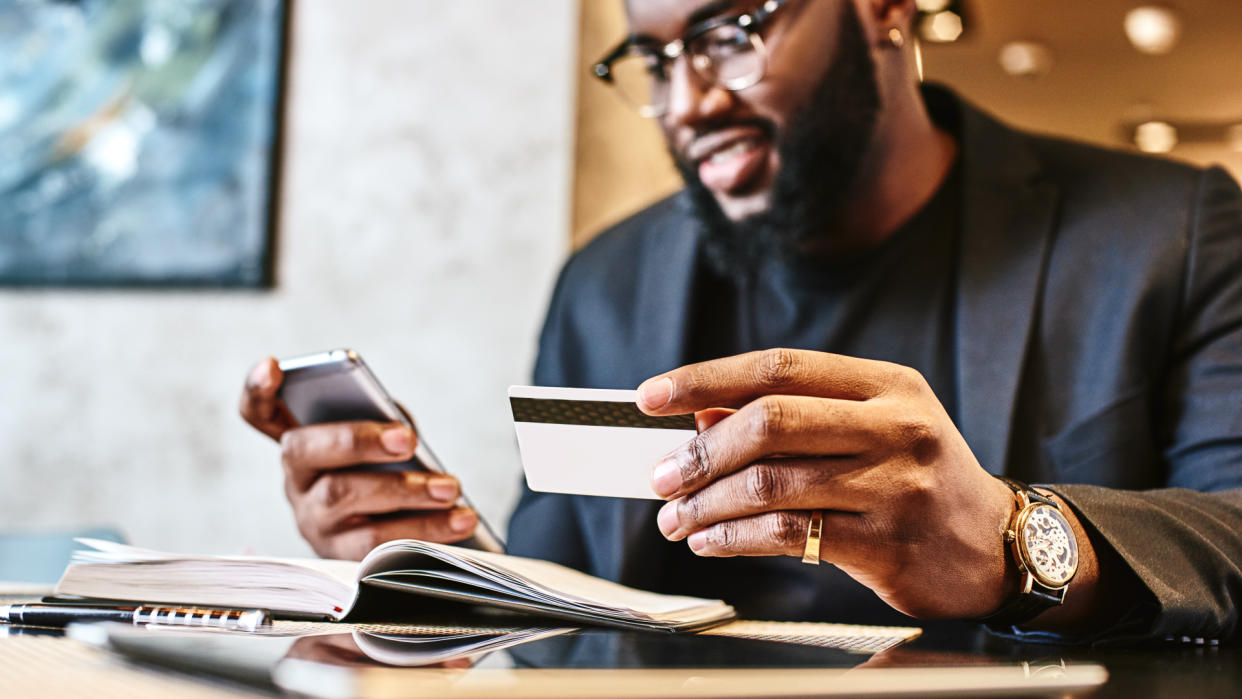
3. Offering ‘Free’ Gifts With a Minimum Purchase Amount
“This is a very common scheme, where freebies are being offered once you get to spend a certain amount and then setting this amount slightly higher than the price of their best-selling product,” said Ted Liu, founder and CEO of Just SEO. “For example, offering a freebie for a minimum spend of $100 when the price of their best-selling product is $99. This way, you are more likely to add more items to get the freebie.”
More: Online Shopping Secrets Amazon and Other Retailers Don’t Want You To Know
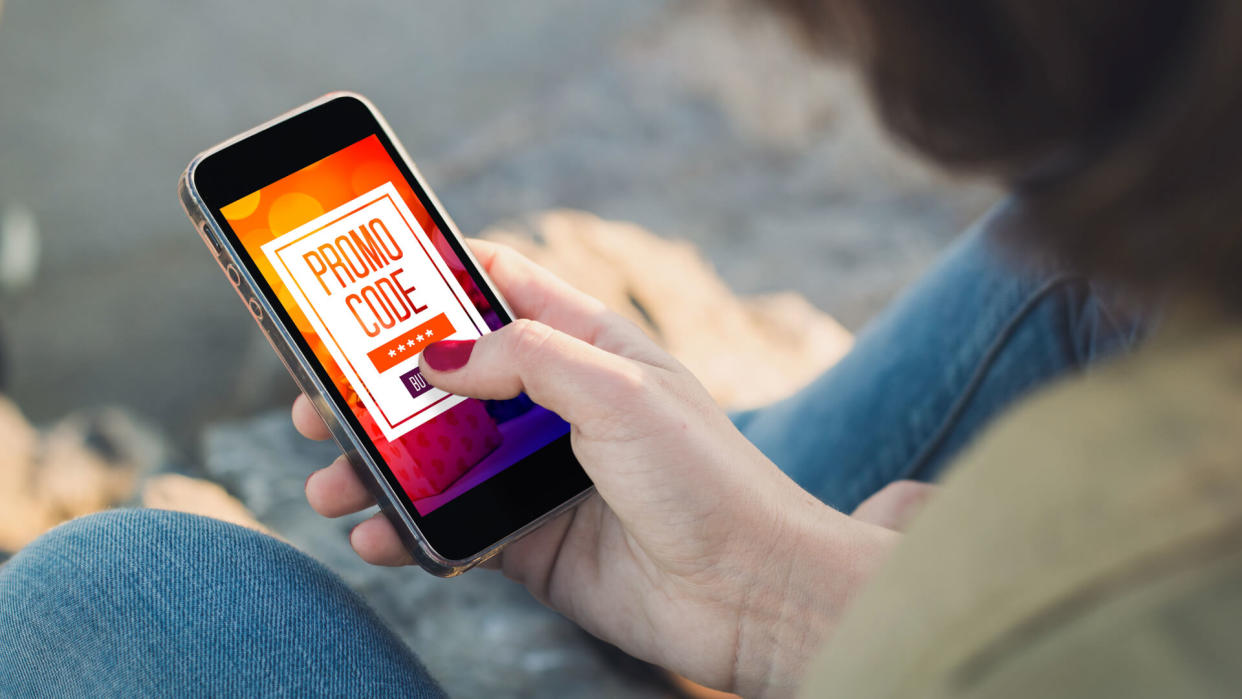
4. Weekly Coupons and Special Events
“Even when you have no intention of buying anything at all, seeing that ‘today only’ 20% discount will make you want to purchase something,” said Candace Helton, operations director, Ringspo.com. “Many e-commerce platforms and shopping apps usually have a set of vouchers and special events that happen every year, but they still market it as a limited-time-only opportunity to give customers that sense of urgency that they have to make a purchase now.”
Read: 24 Ways To Make Money Off Your Shopping

5. Free Returns
“Retailers offering free returns make you spend more because you know that you can return these items under certain circumstances,” Liu said. “Now, this gets you to overspend because you are more likely to buy items that you are unsure of, which can be very common when shopping online.”
See: 33 Things You Don’t Need To Buy During the Coronavirus Pandemic

6. Discounts for Bulk Buys
Jeff Neal, engagement officer at The Critter Depot, which targets reptile owners, admits to getting people to spend more by offering bulk discounts.
“Something we do to get people to spend more is offer bulk discounts,” Neal said. “If you order more roaches, the cost per roach decreases. For example, we offer 25 roaches for $18. But for $2 more, you can double the quantity to 50. This helps us sell more while earning more revenue, which is nice because our products have a limited shelf life and it’s important to move many as quickly as possible.”
Find Out: Costly Mistakes People Make While Grocery Shopping
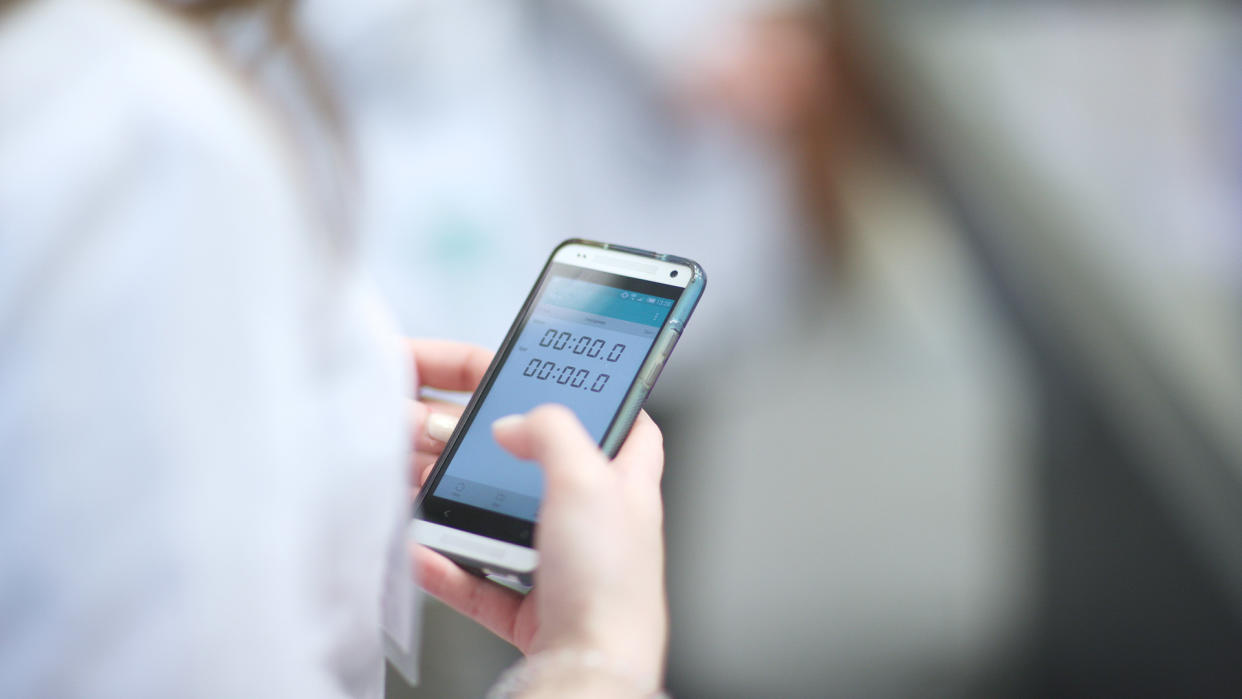
7. Live Countdown
“Another tactic retailers use is to provide a live countdown window with an aggressive sale before the completion of the checkout process,” said Greg Birch, senior SEO specialist for Store Space Self Storage. “‘For the next 22 hours, 3 minutes, and 22 seconds, get 60% off X item!’ Then, they’ll provide you with an easy way to add that item to your cart, usually a one-click button. The urgency of the sale and the seemingly aggressive discount inspires a certain percentage of people to add that item to their cart when they wouldn’t have otherwise.”
More: 18 Online Shopping Traps and Scams To Watch Out For
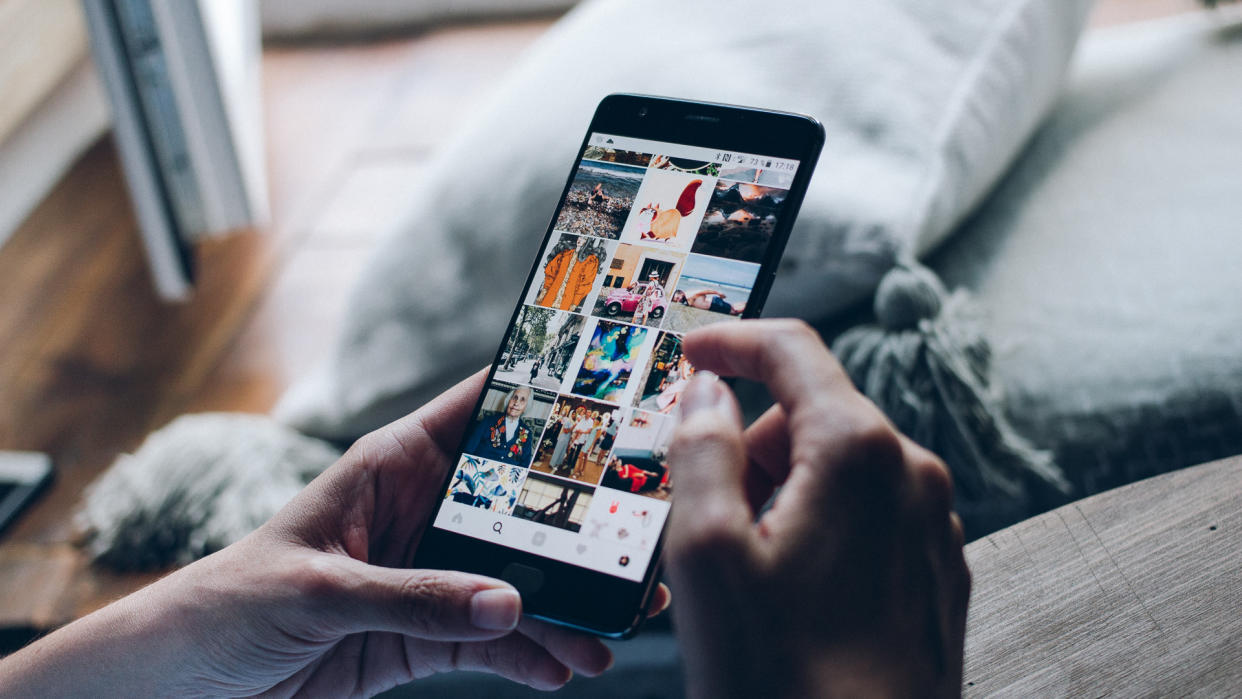
8. Making It ‘Social’
“Social consumerism is another overspending trigger,” said Helene Berkowitz, founder and CEO of ReceetMe, Ltd., a retail tech company. “When shoppers buy something on Facebook, Instagram, Snapchat or Pinterest, the experience is so seamless that adding more items to a basket is pretty effortless. It can feel unreal since you aren’t physically touching the product. Compare this to the in-store experience of trying on clothes, sitting on a sofa or smelling a container of strawberries – digital purchases on social media are lightning-quick and payment details are stored in the app, which makes it even easier to overspend.”
Read: 11 Things You Should Never Buy New
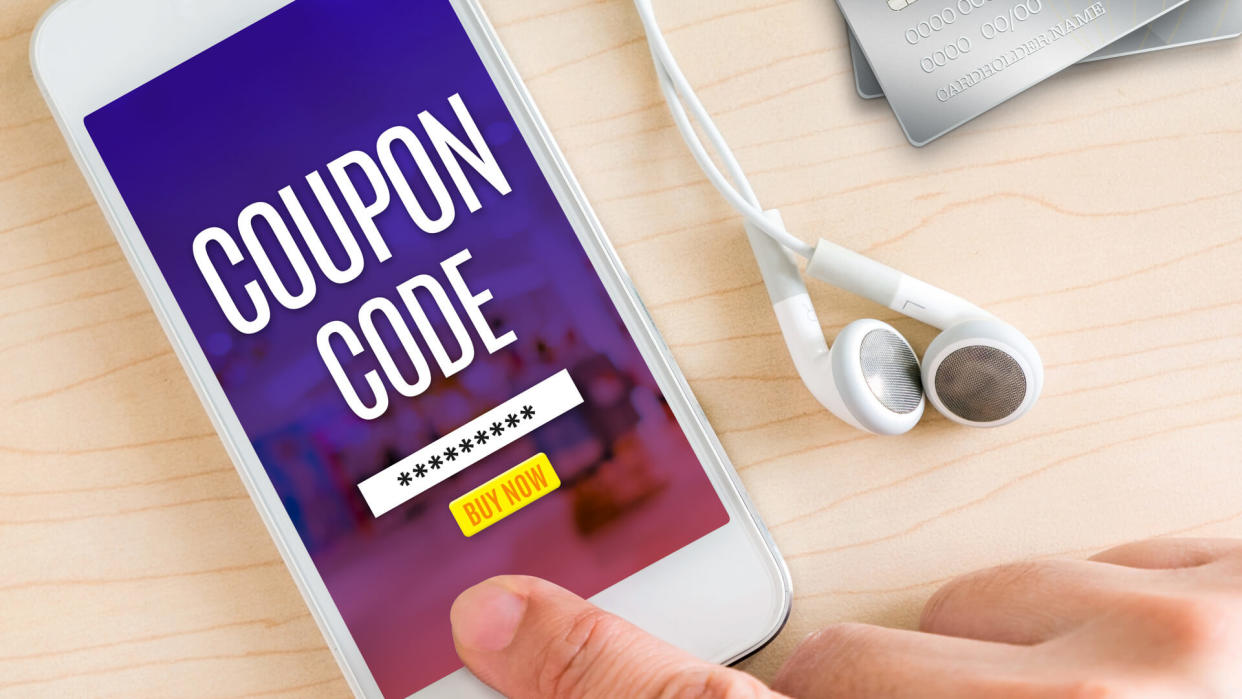
9. BOGO Offers
“Getting something ‘free’, regardless of cost, will lead many consumers to purchase more items than they otherwise would, or, in many cases, buy something that they wouldn’t have bought in the first place,” said Darren Easton, vice president and creative director at The Cyphers Agency. “A freebie is a great way to compel consumers to justify a purchase.”
See: 15 Times You Should Splurge, Settle or Skip When Shopping

10. Taking Online Offline
“The savviest online retailers have found a fast, easy and completely automated way to follow up with online shoppers that is actually offline, away from all your devices — and that is with targeted direct mail postcards,” said Joy Gendusa, the founder/CEO of PostcardMania. “Here’s how it works: You’re shopping online, you add a few items to your cart and then you think, ‘Maybe I shouldn’t be buying this right now.’ So you close down that shopping session and put your phone away for a bit. Out of sight, out of mind, right? Well, a couple of days later, you’re at home, going through your mail and you see a postcard from that retailer offering you a special 20% discount sitewide, or maybe just on a few items (a couple of which happened to have been in your shopping cart). You’ve got a special offer! You wanted those things anyway, right? Now is an even better time to buy! Oftentimes, shoppers are drawn back online to finish their shopping session with their new [paper] discount in hand.”
Find Out: Shopping Mistakes You’re Making and How To Stop

11. Free Shipping — If You Spend a Certain Amount
“[Often] a site offers free shipping with a minimum $50 purchase (before taxes and fees),” said Daniel Mori, chief growth officer at iris. “Prices may even be crafted with care to increase the likelihood of the merchandise in the cart totaling $49.99 or less. This distracts users from their shopping list and facilitates rushed, impulsive purchases: ‘I better buy these 24 rolls of paper towels now and take advantage of free shipping.’ After all, who doesn’t have a mess to clean up?”
And in the time of COVID-19, the impulse to stock up on paper towels (and more pointedly, toilet paper) is certainly something we can all relate to!
More From GOBankingRates
This article originally appeared on GOBankingRates.com: All the Ways Online Retailers Get You To Overspend






